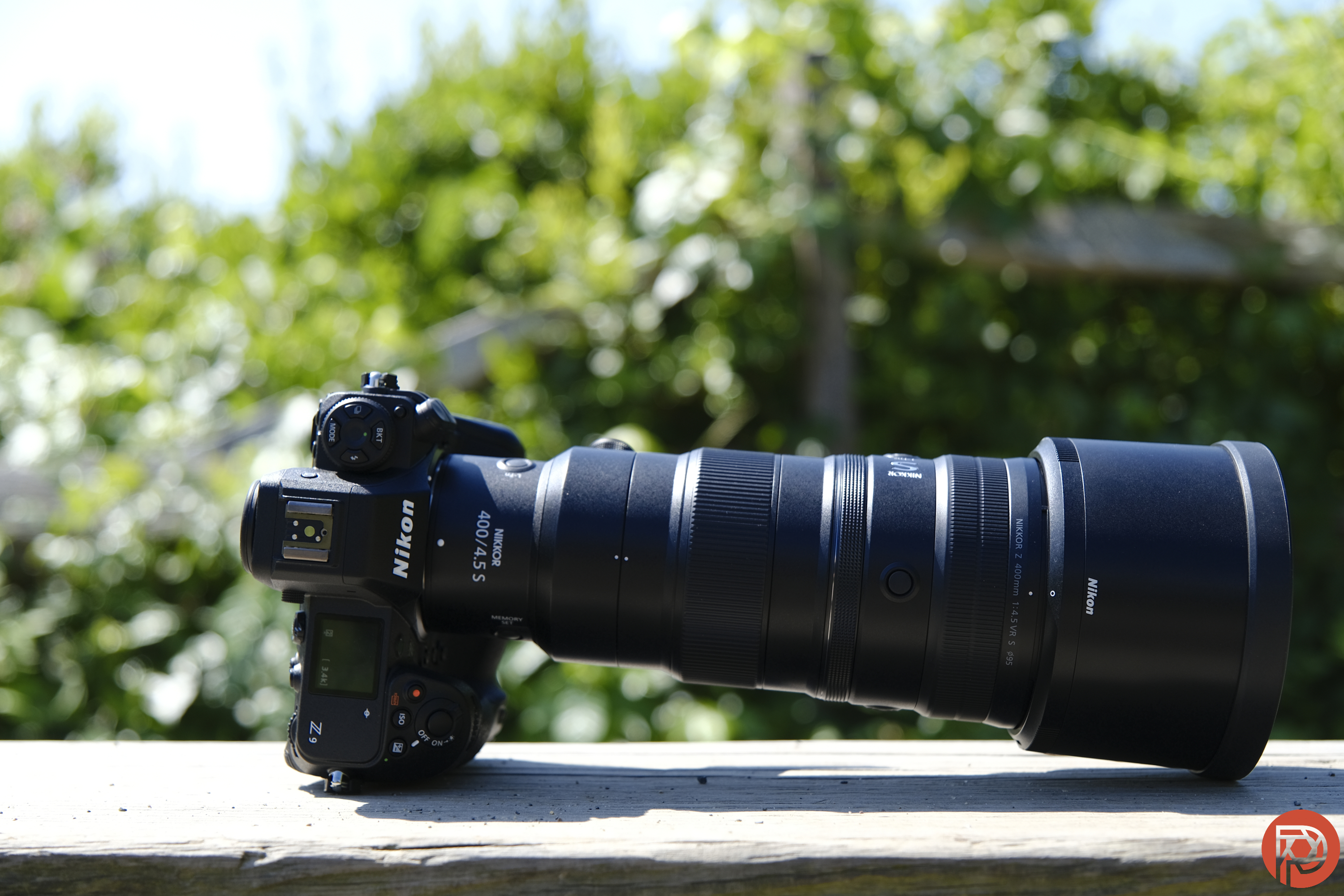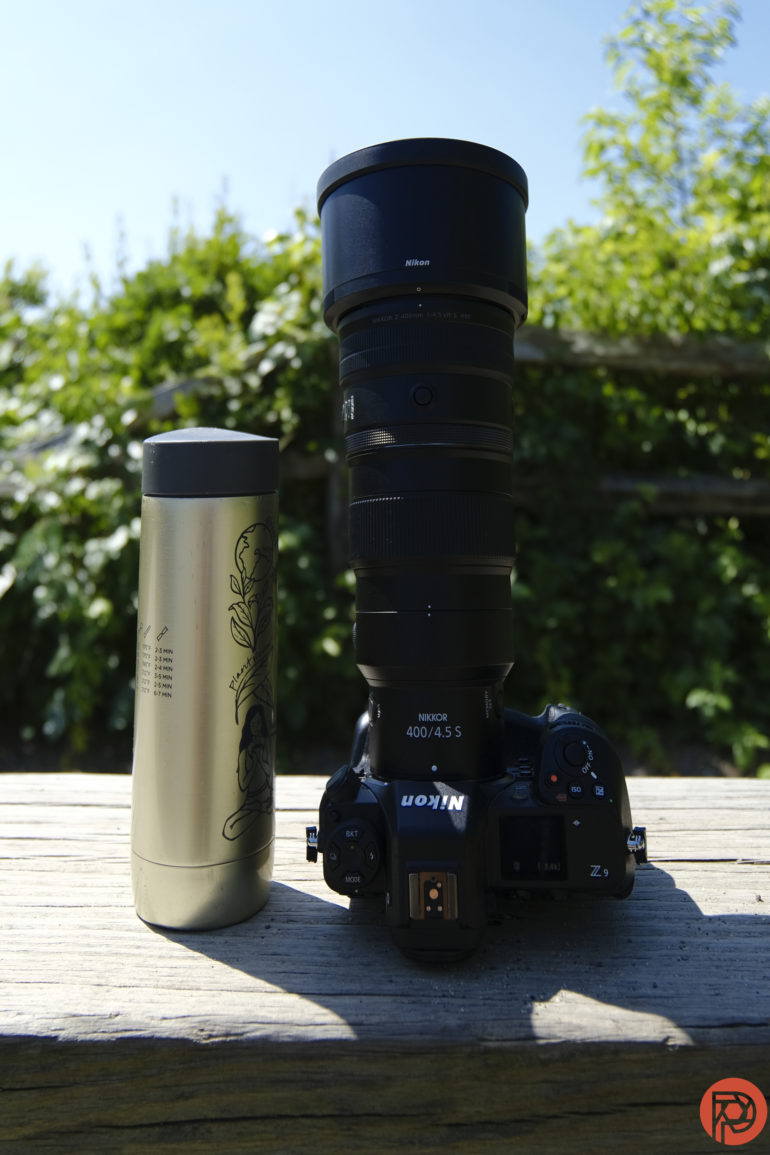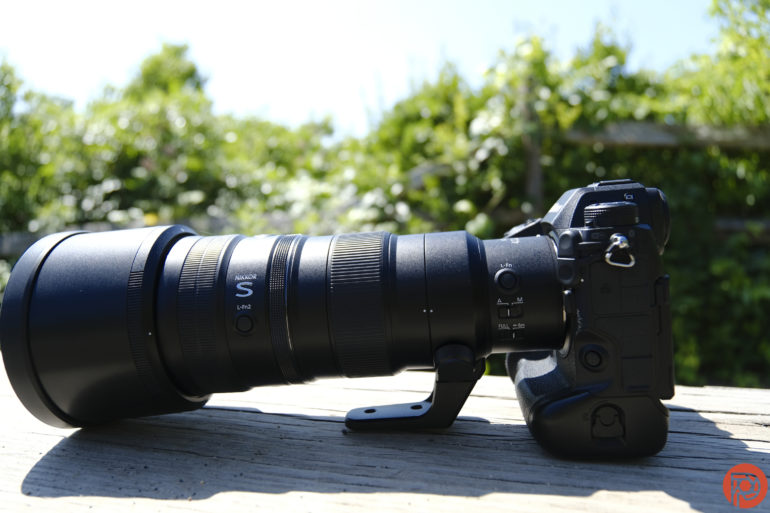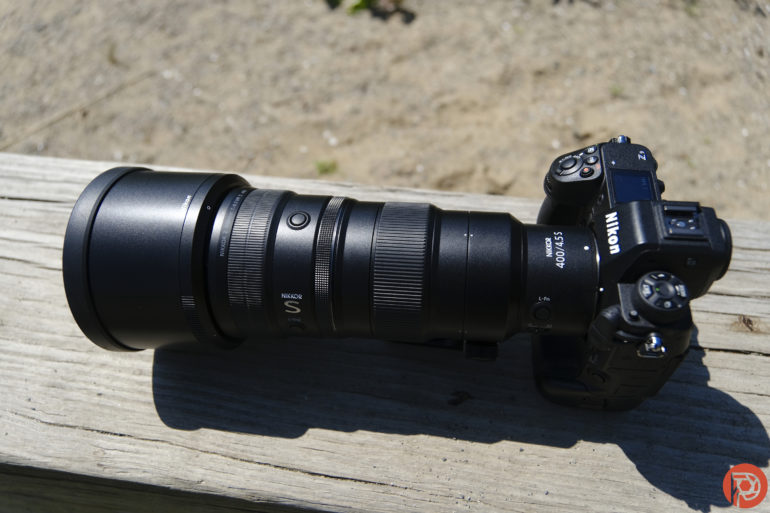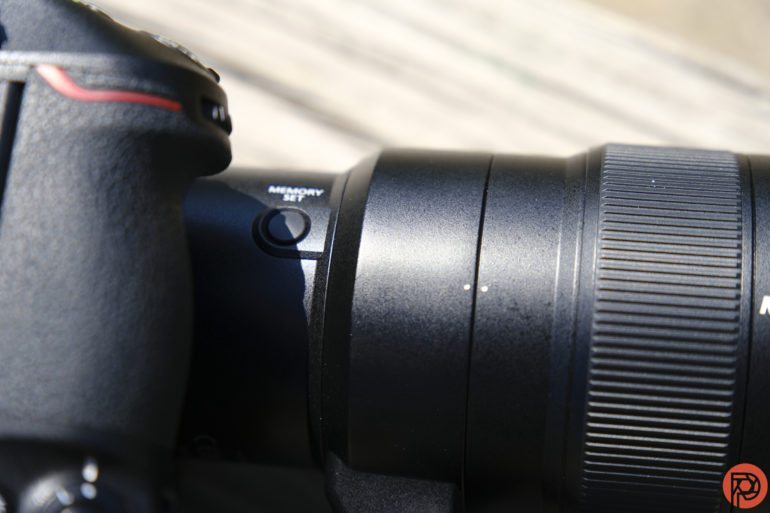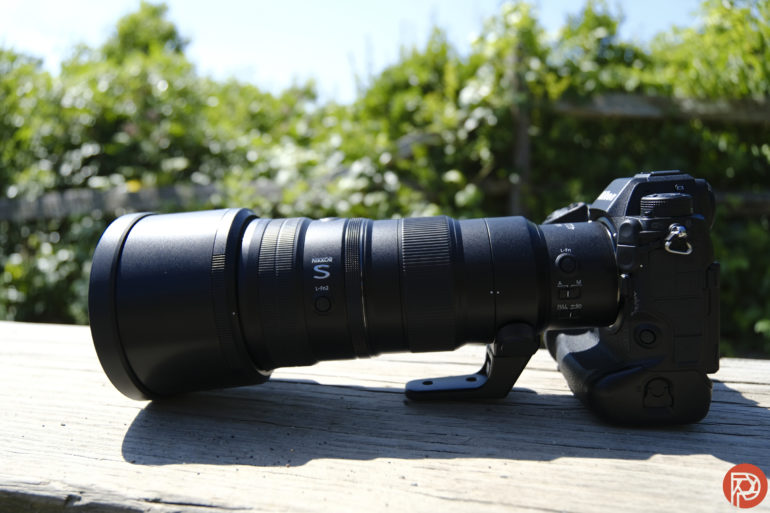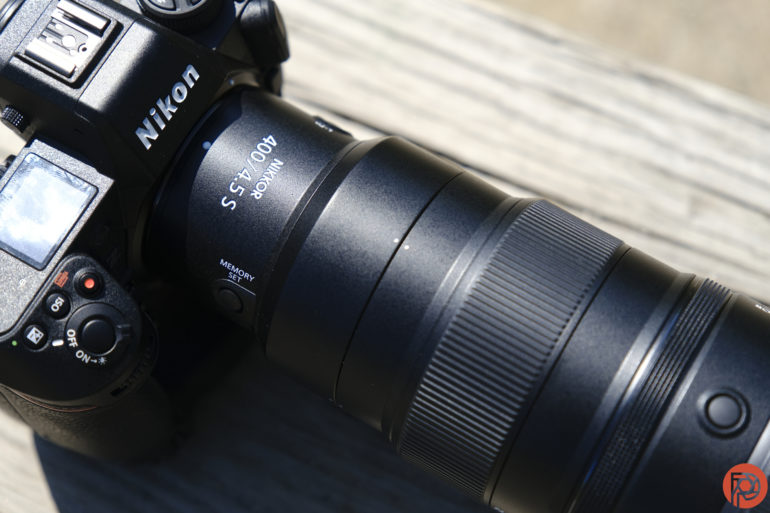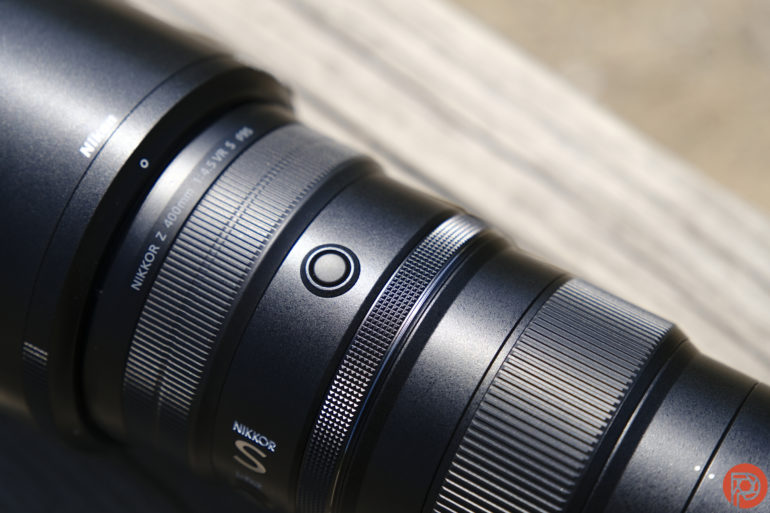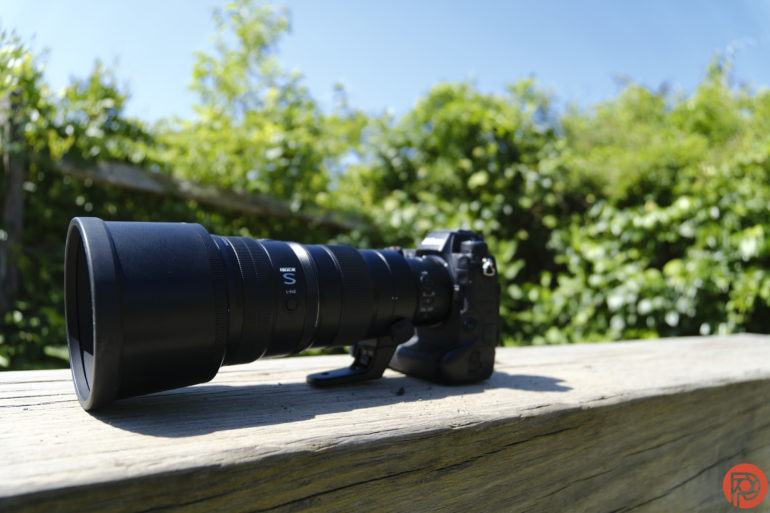We’ve all seen the hype videos about the new Nikon Z 400mm f4.5. It’s sometimes challenging for the internet to get excited at what Nikon does compared to Canon and Sony. But trust me, this is one of the most fascinating Nikon lenses I’ve reviewed in the 13 years of running this website. When I picked it up attached to the Nikon Z9, I expected it to be super heavy, but it wasn’t. I didn’t use a strap with the camera setup but, even so, it shocked me at how lightweight it is. Combined with the price of around $3,299, I think the Nikon Z 400mm f4.5 will be the lens that wins bird photographers over to Nikon.
Ergonomics
Here’s a look at the Nikon Z 400mm f4.5 attached to the Nikon z9. If I were to equate it to anything, it would be a standard-sized water bottle that you’d bring along when photographing. Couple that with the lightweight nature of the lens and you’ll have yourself something you’re very happy to use.
Being an S-series lens, the Nikon Z 400mm f4.5 has a myriad of controls on it. There’s the focus limiter, AF/MF switch, VR control, and more. Plus there’s a focusing ring. While it looks like there’s a zoom ring on there, there isn’t. Instead, there’s a control ring and some extra grip.
In addition to the rings, there are buttons for extra control. All of this is arranged in a convenient way of access when you’re out in the field capturing birds in flight.
Here’s another look at some of those other controls.
Of course, the Nikon Z 400mm f4.5 also comes with a tripod collar. This is a standard one that doesn’t stand out from the crowd.
Here’s another close-up of the top.
At one point, I thought one of these controls might be for inserting a lens filter of some sort. Since the Nikon Z 400mm f4.5 has a 95mm front filter thread, I thought this would be a better choice. But indeed, you’ll just have to get a big-ass filter for the front of the lens. These days, I find myself wanting to use a UV filter a bit more to protect a lens like this. But realistically, it probably wouldn’t need it.
Build Quality
The Nikon Z 400mm f4.5 is an S-series lens. That’s Nikon’s equivalent of Canon’s L-series and Sony’s G Master series. That translates into some of the best weather resistance on the market. Despite my testing a pre-production version of the lens, I’m sure the production version will be all that and more.
Nonetheless, the Nikon Z 400mm f4.5 is insanely lightweight. I’d happily carry it around for an entire day of photographing wildlife.
Autofocus
I went with one of our Nikon reps to the Jamaica Bay Wildlife Refuge to see how this lens holds up when photographing birds in 90 degree weather. Set to animal autofocus and a few different autofocus methods, it performed well. Any issues with the autofocus I’m more likely the fault of the Nikon Z9. However, even I’ll say that the Nikon Z9 has seemingly improved with new firmware. We’ve been trying to call one back in for testing to update our review, but there’s been no such luck yet.
In the right settings and situations, I think the Nikon Z 400mm f4.5 will do an incredible job for wildlife photographers. And it indeed does. Where I’m curious about how it will perform is in the midst of a lot of tree coverage. The Wildlife refuge has trees, but not a lot of tall ones. And my normal testing grounds are a bit of a torture test for wildlife and bird photography. What the Nikon Z9 has as a major advantage is linking bird and animal AI together. Even better, the Nikon Z9 has both FX and DX modes, so that means the Nikon Z 400mm f4.5 can turn into a 600mm lens. This is insanely useful, and it’s part of what makes Nikon unique because of just how easy it is to access this setting.
Image Quality
All the images here were shot with a pre-production version of the Nikon Z 400mm f4.5 S lens. They’re not final quality, but we’re working on getting a final review unit in for testing.
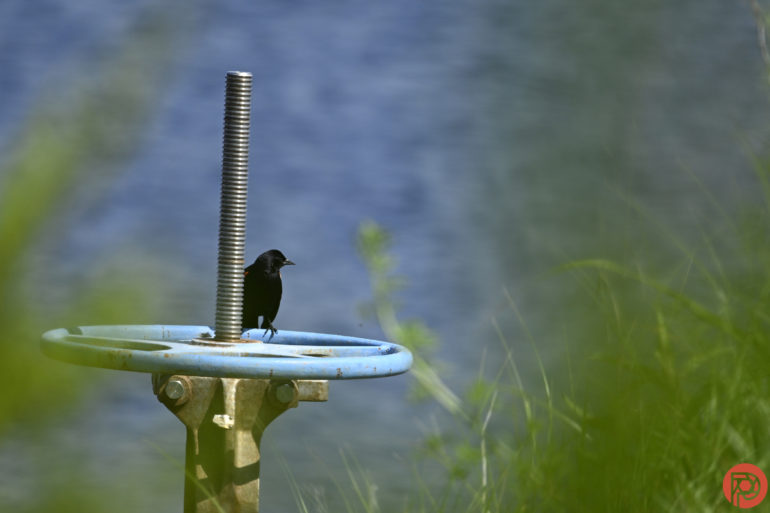
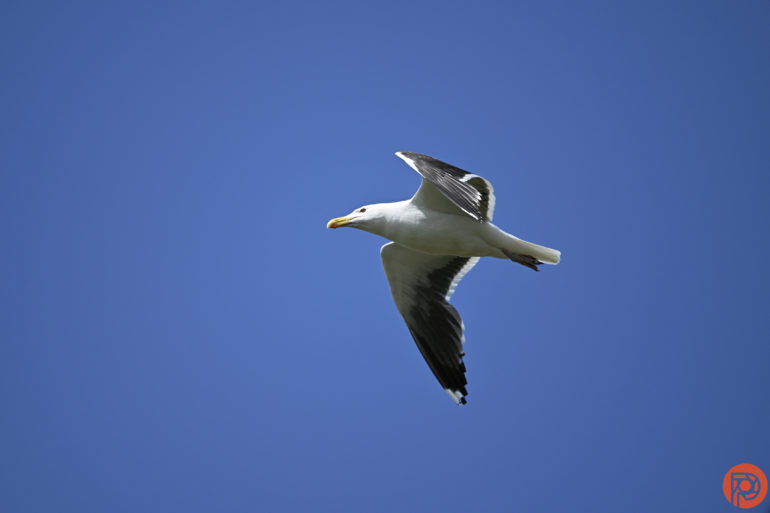
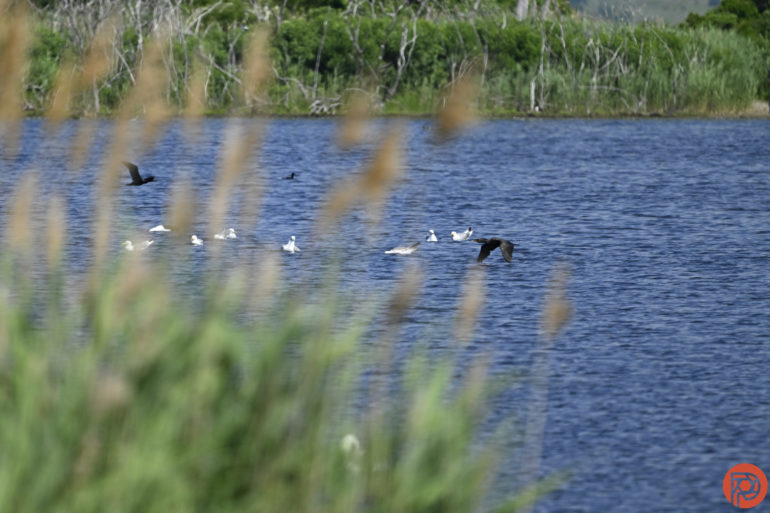
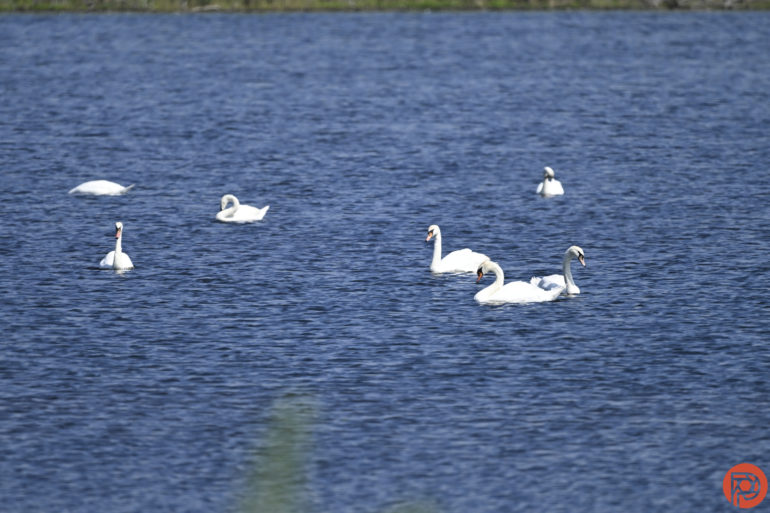
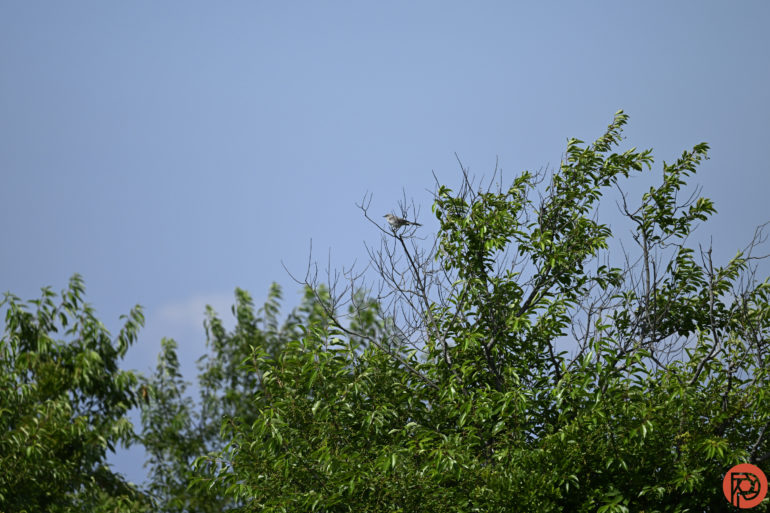
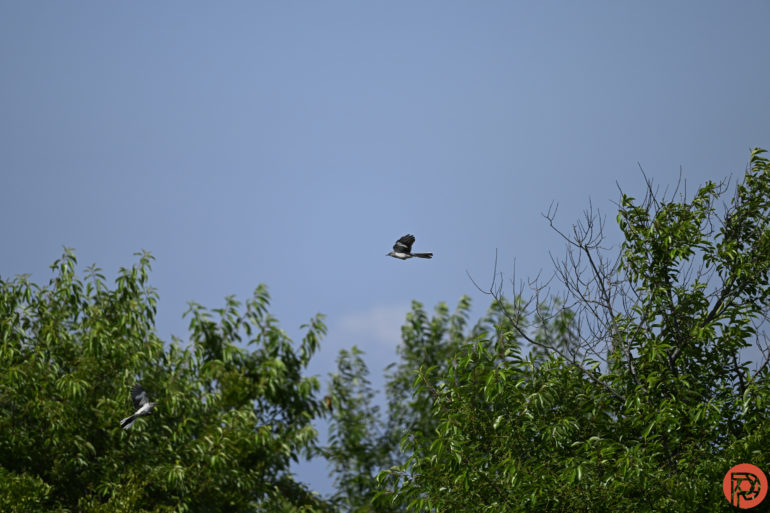
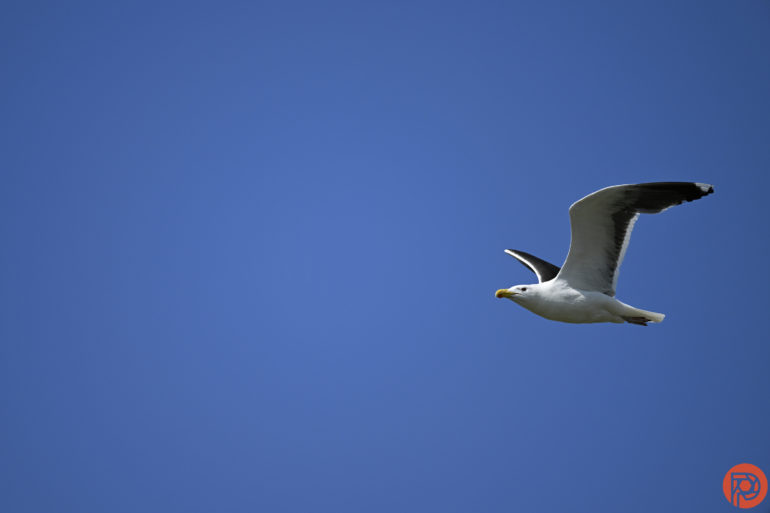


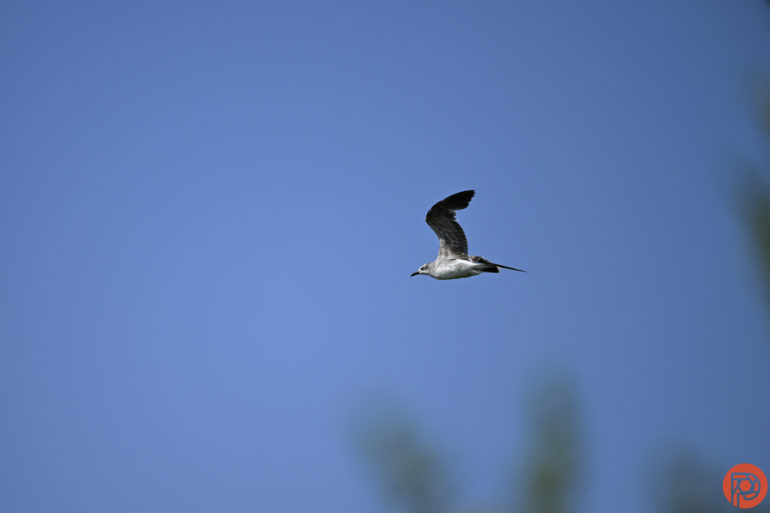
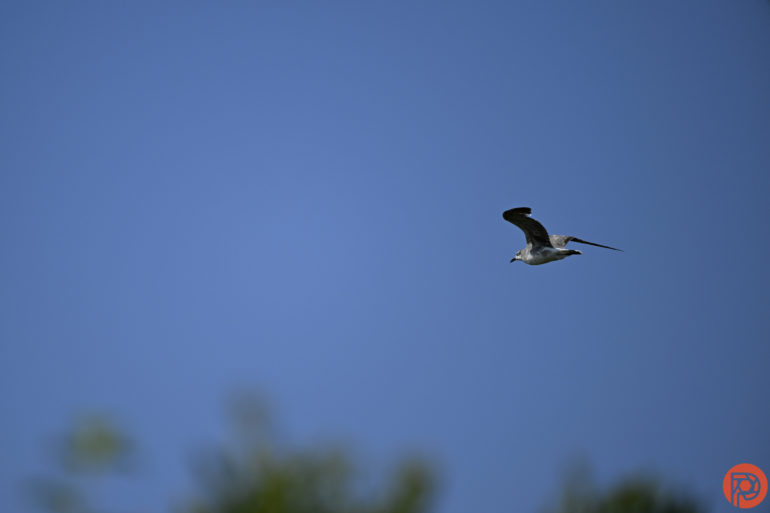
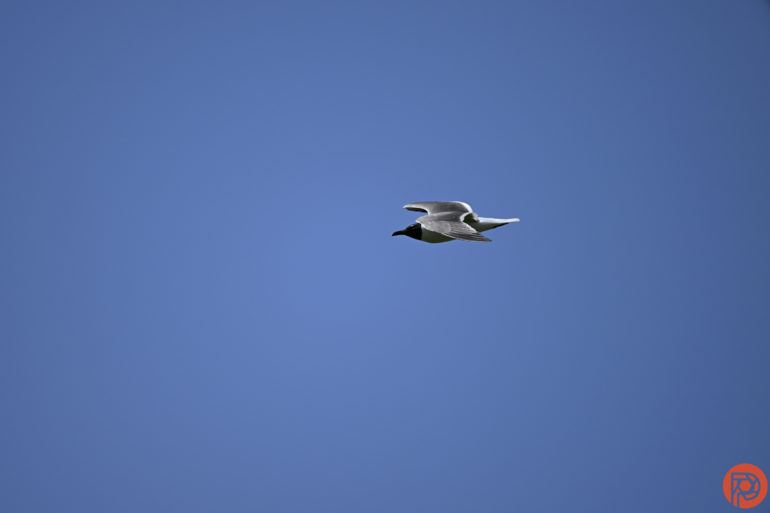
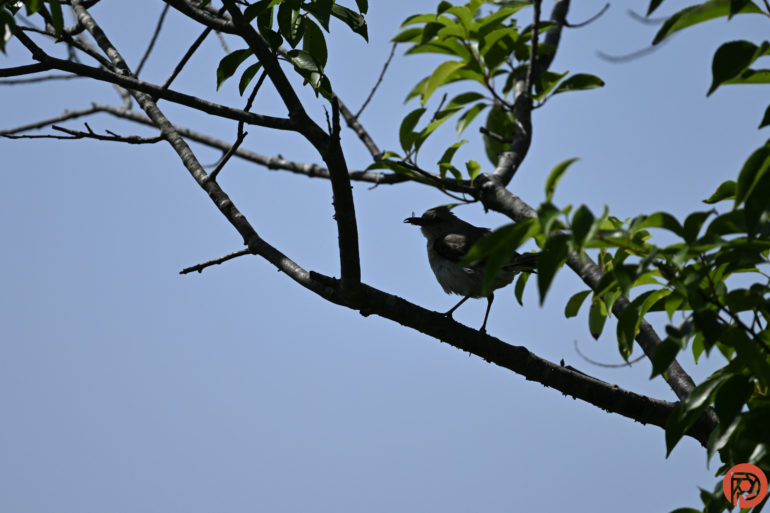
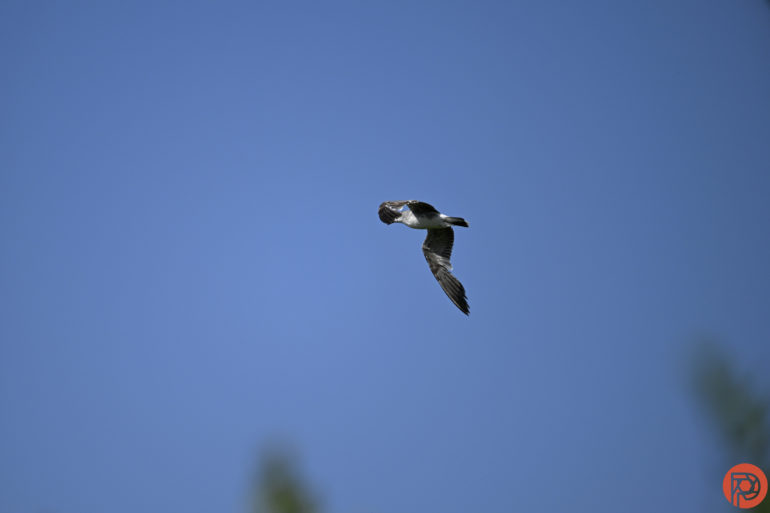
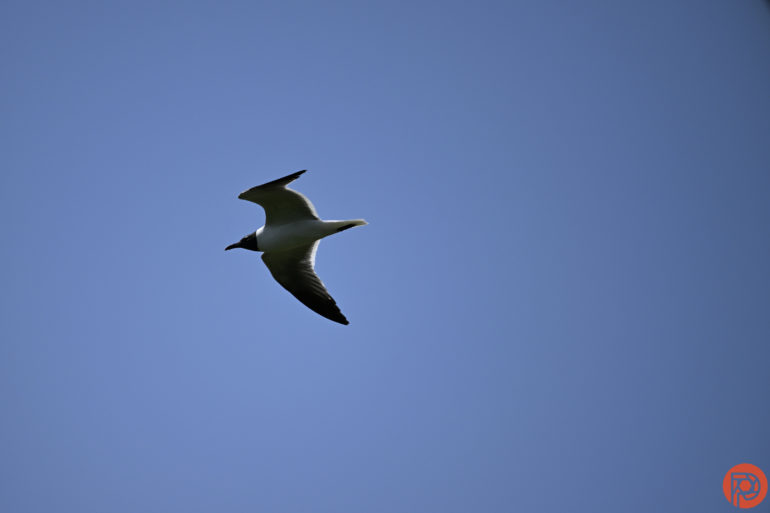
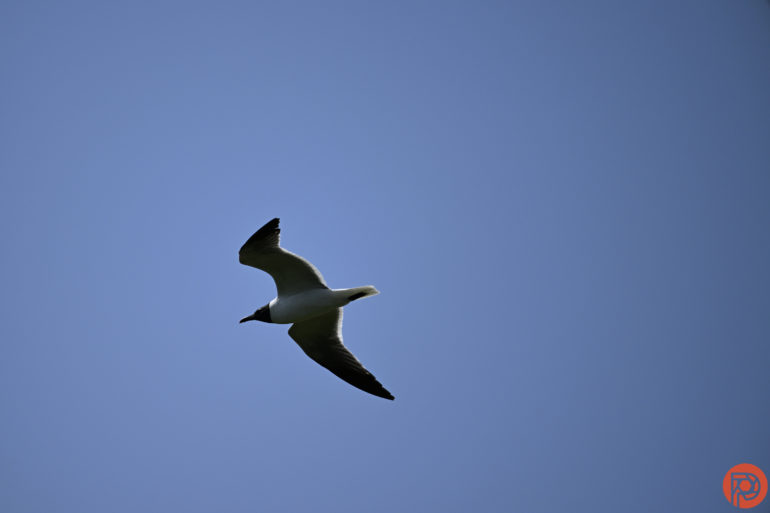
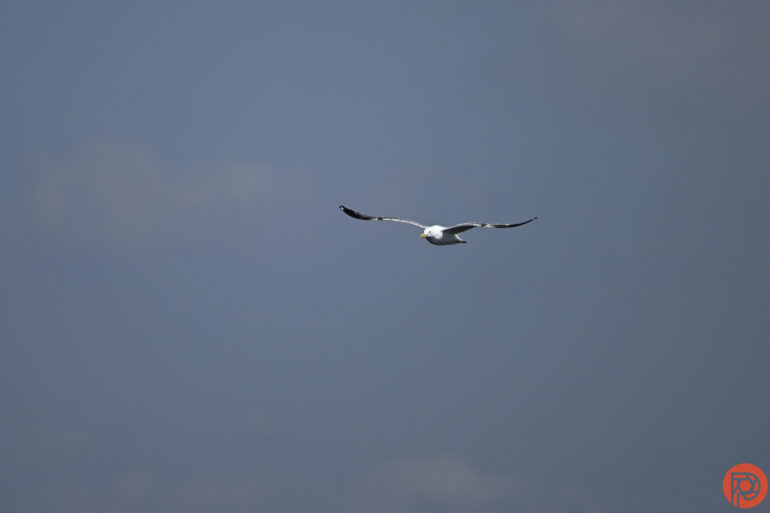
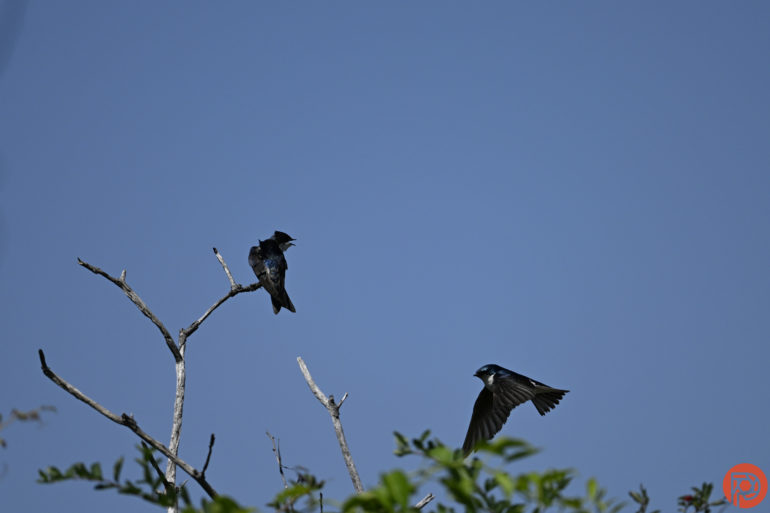
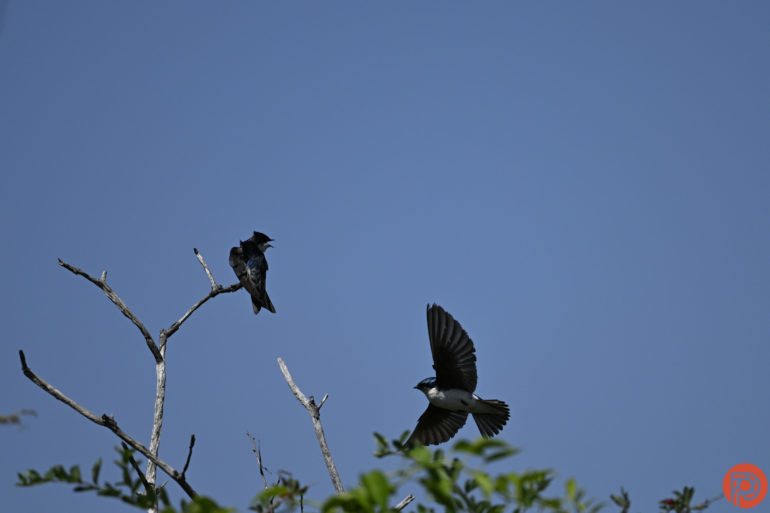
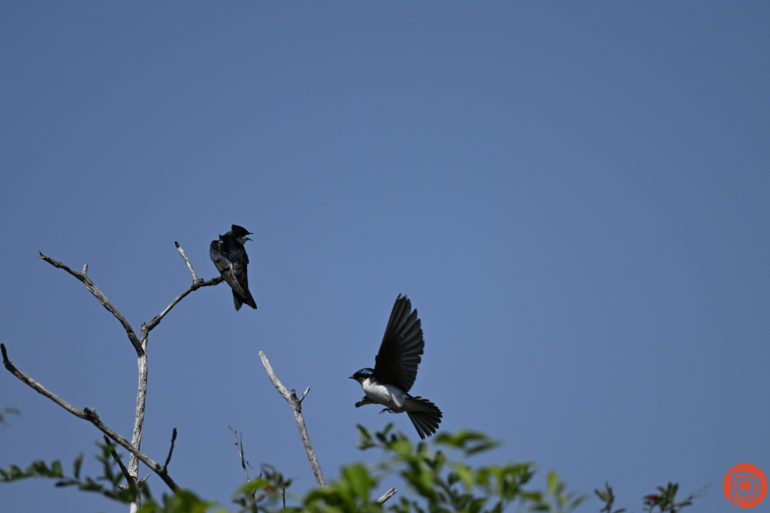
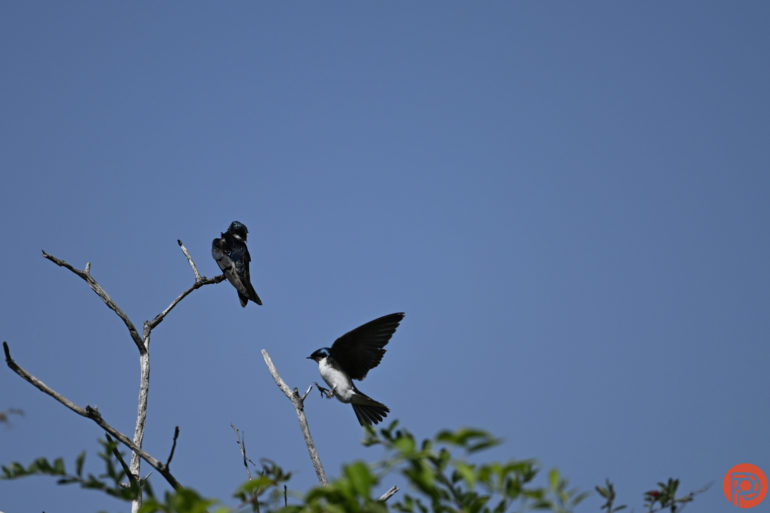
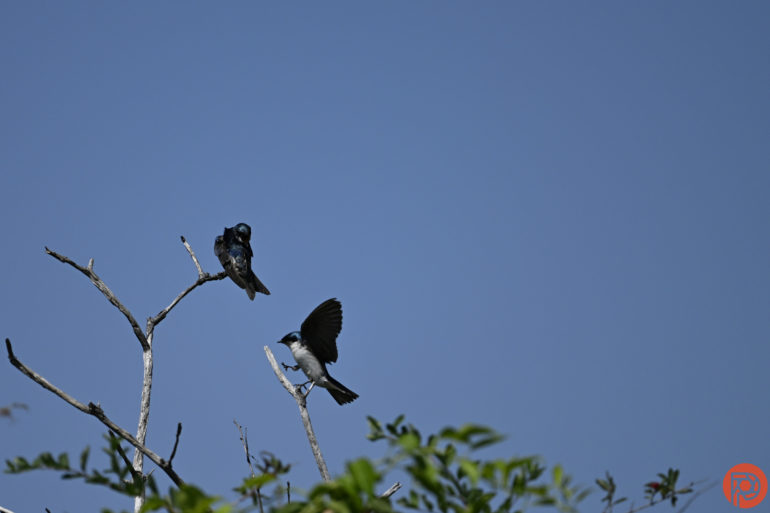
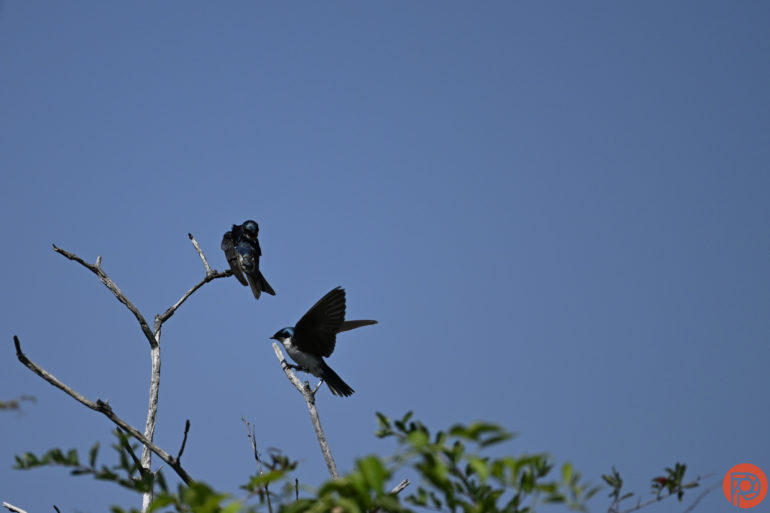
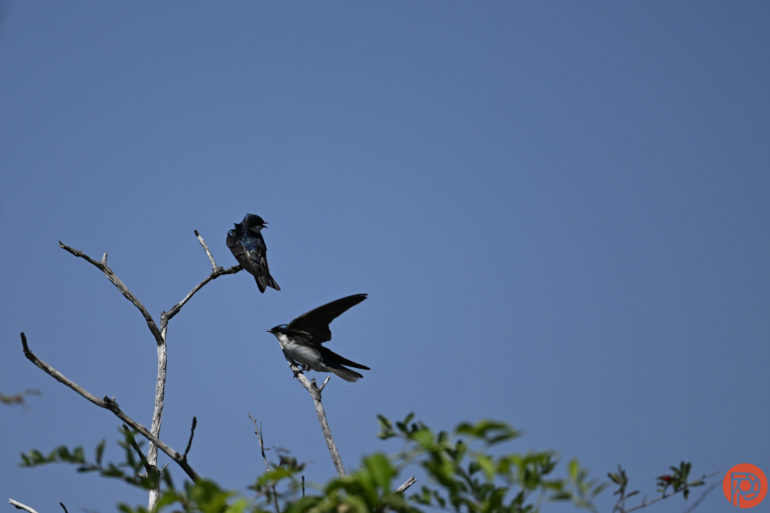
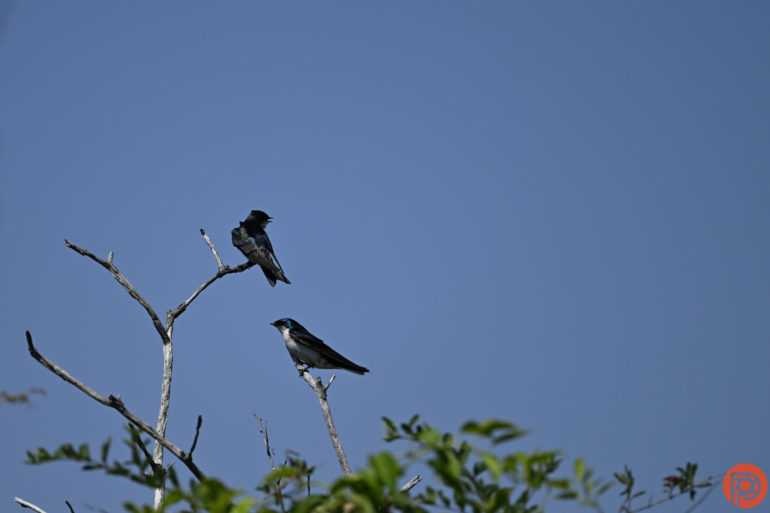

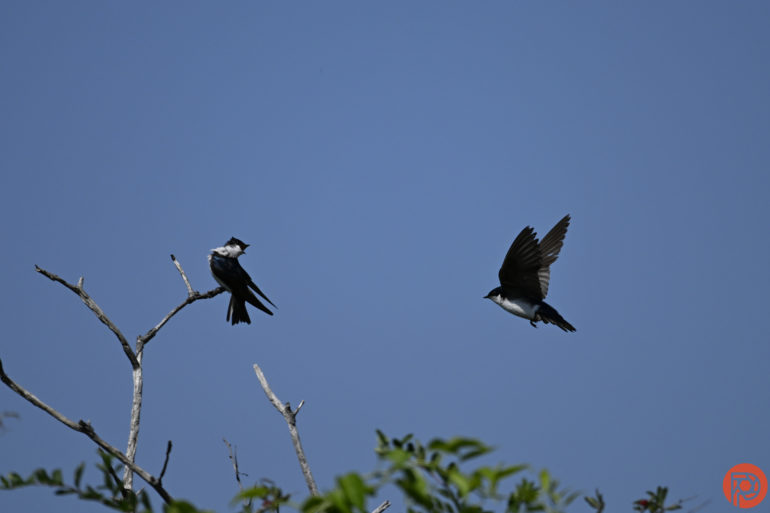
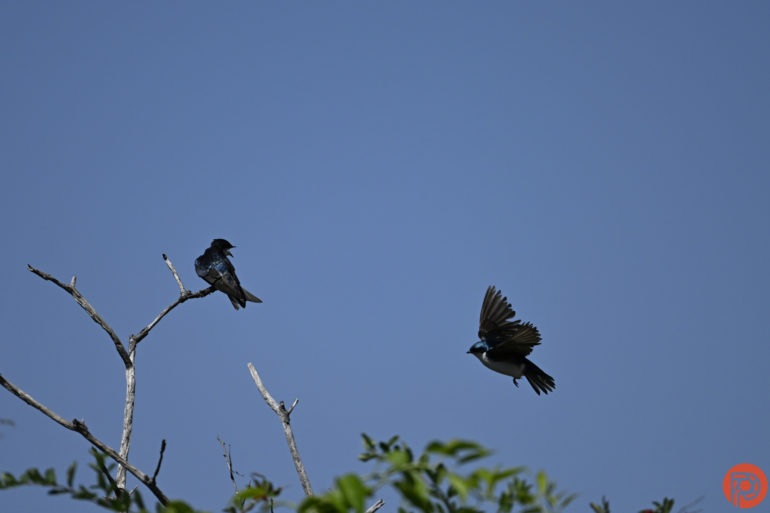
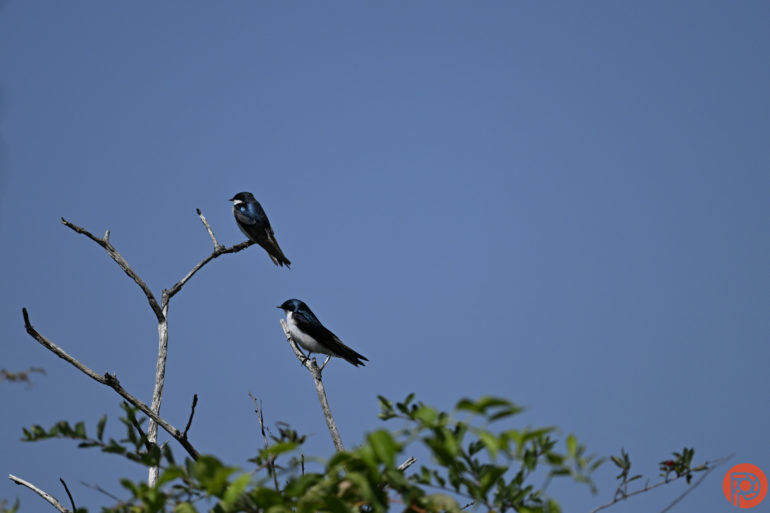



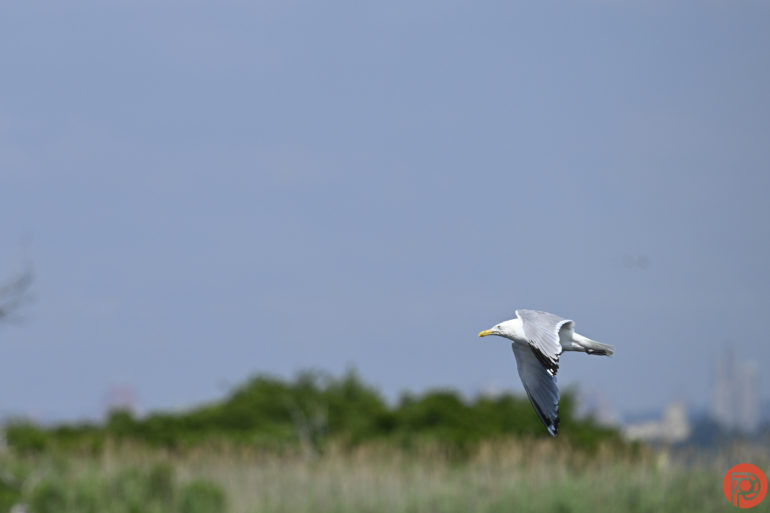
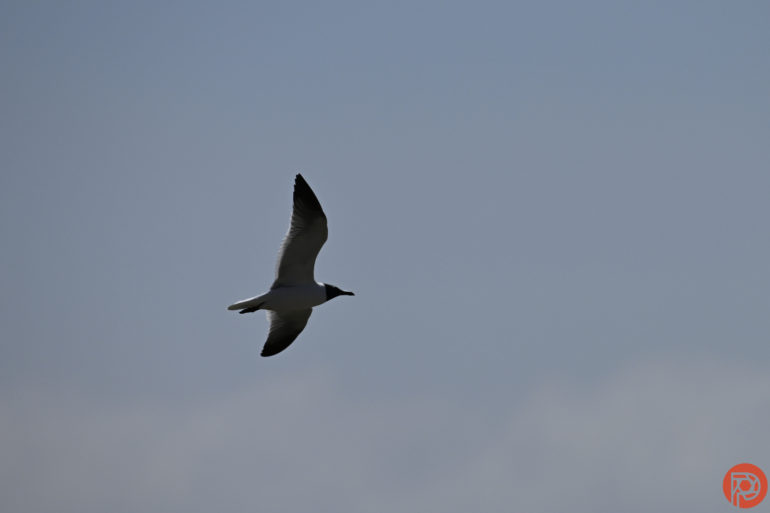
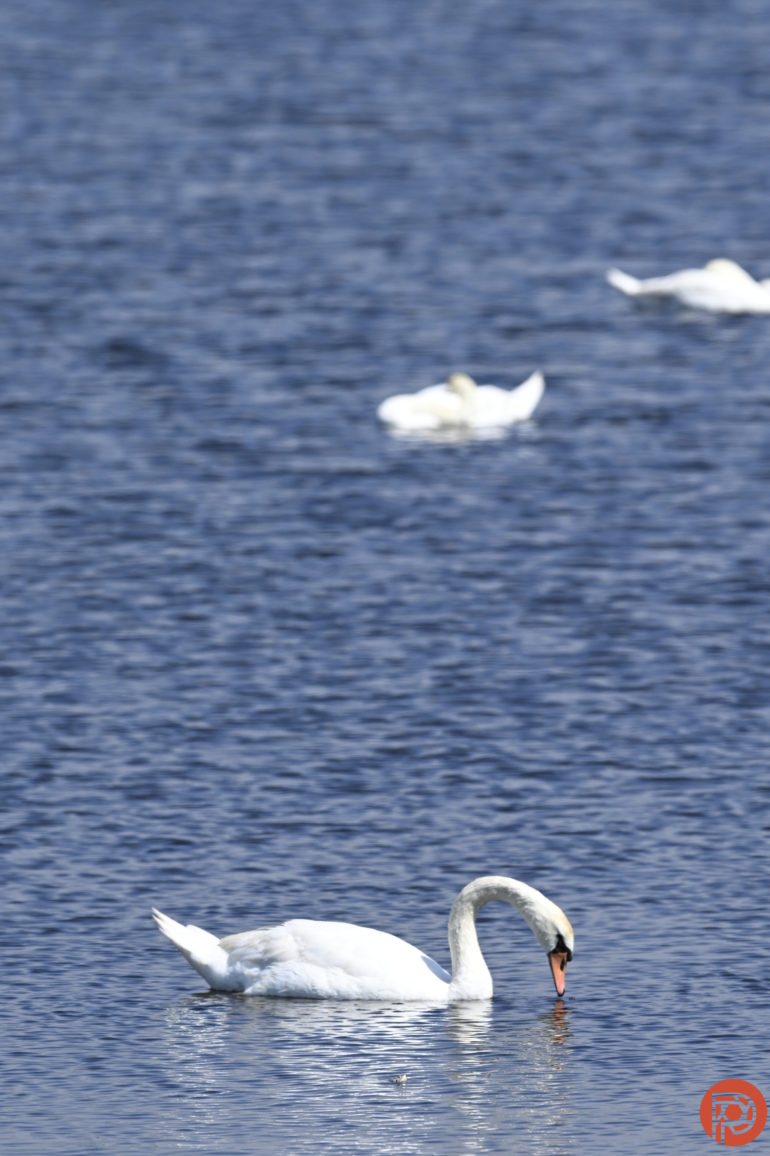
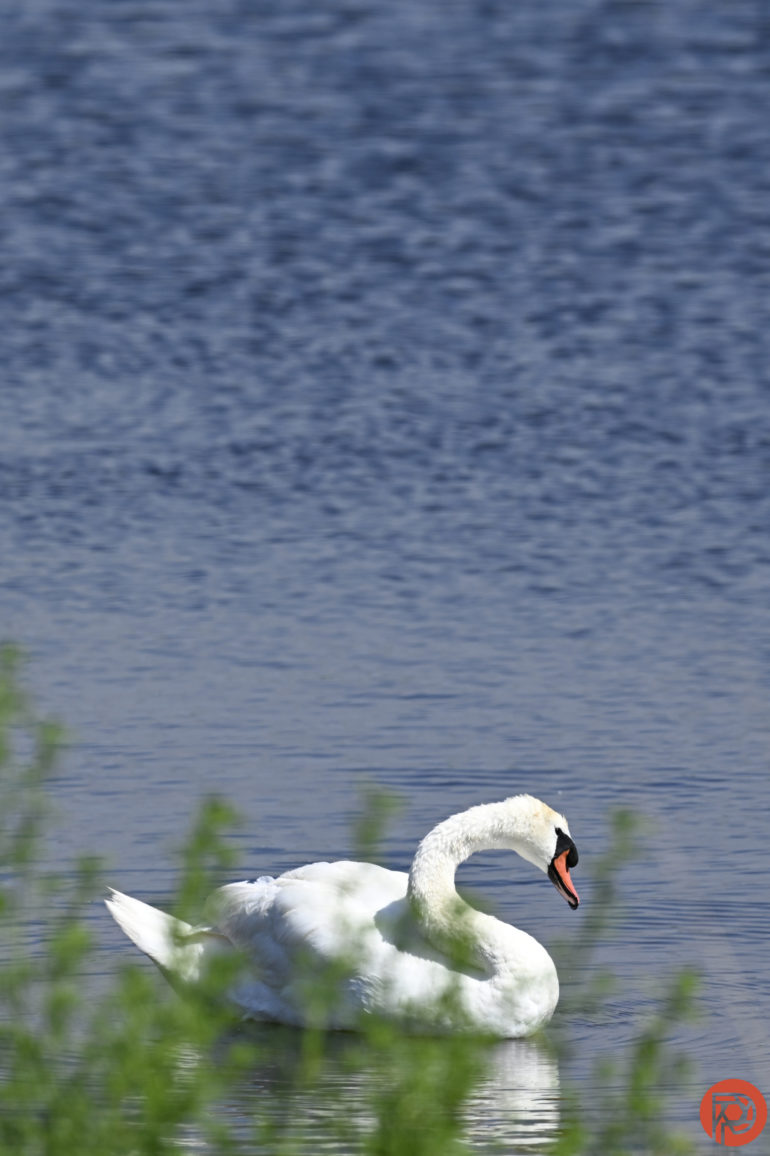
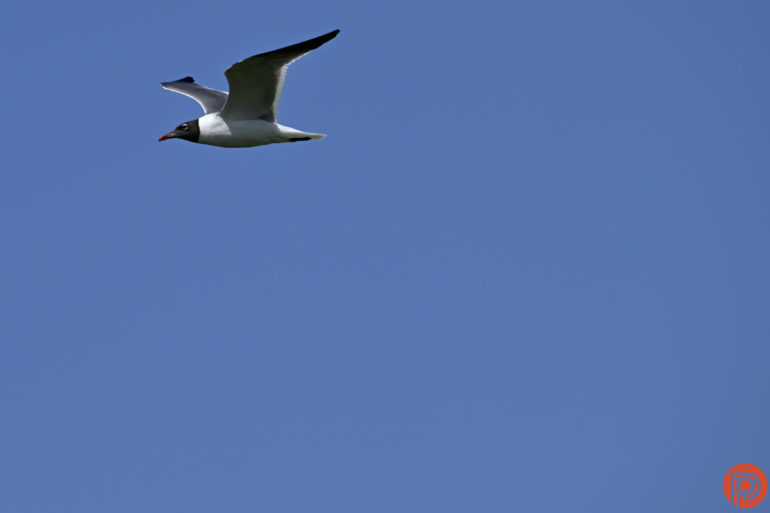
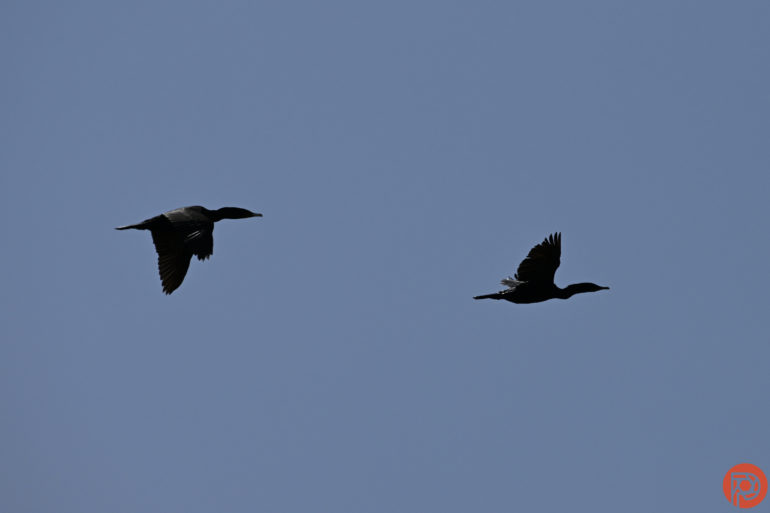
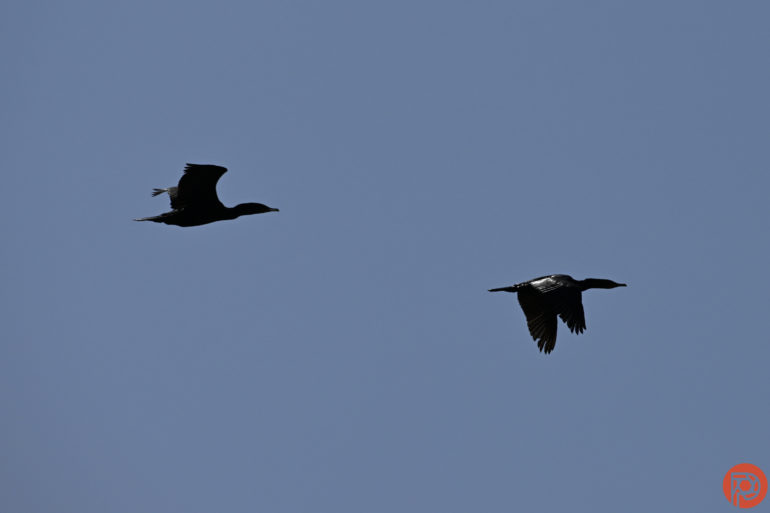
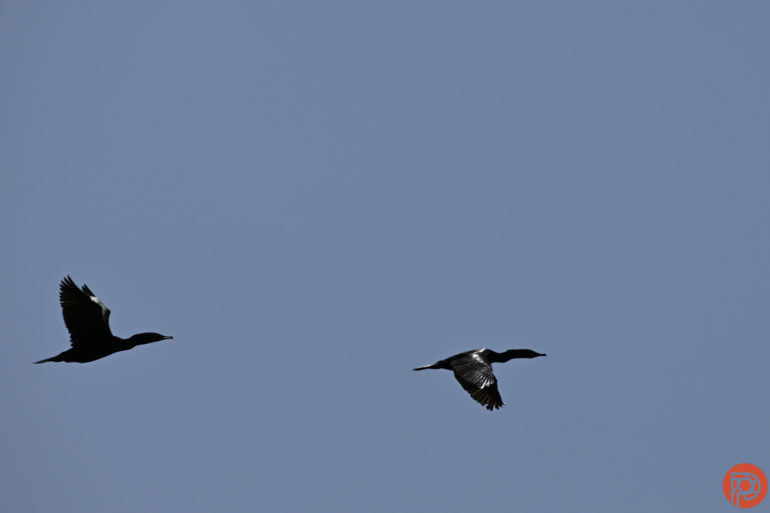
First Impressions
Junior Photo Editor Feroz Khan had to screenshot the conversation we had on FB messenger because he was so shocked that I liked the Nikon Z 400mm f4.5. This lens gives me as much joy as the Nikon 40mm F2 Z lens. That’s to say that so far, I’m very impressed with the Nikon Z 400mm f4.5. I think wildlife photographers will love it when using it with the Nikon Z9. However, I’m curious to see how it performs with the Nikon z6 II and Nikon z7 II. Of course, I’m not as optimistic with those cameras. If anything, I really wish Nikon brought the full autofocus system of the Nikon z9 down to them. Canon did this with the Canon EOS R3 for the EOS R5 and EOS R6. In fact, they even did it for the Canon EOS R7 and Canon EOS R10.
Stay tuned for a full review.
Tech Specs
| Product Name | NIKKOR Z 400mm f/4.5 VR S |
| Mount Type | Nikon Z mount |
| Focal Length | 400mm |
| Maximum Aperture | f/4.5 |
| Minimum Aperture | f/32 |
| Format | FX |
| Maximum Angle of View (DX-format) | 4° |
| Maximum Angle of View (FX-format) | 6° 10′ |
| Maximum Reproduction Ratio | 0.16 x |
| Lens Elements | 19 |
| Lens Groups | 13 |
| Compatible Format(s) | DX/FX |
| VR (Vibration Reduction) Image Stabilization | yesLens shift using voice coil motors (VCMs) |
| Diaphragm Blades | 9 rounded |
| Flourine Coat | yes |
| Nano Crystal Coat | yes |
| ED Glass Elements | 1 |
| SR (Short-Wavelength Refractive) Elements | 1 |
| Super ED Glass Elements | 2 |
| Phase Fresnel | No |
| Autofocus | yes |
| Focus limit switch | Two positions: FULL (∞ to 2.5 m) and ∞ to 6 m |
| AF Actuator | STM |
| AF-P (Pulse Motor) | n/a |
| AF-S (Silent Wave Motor) | n/a |
| Internal Focusing | yes |
| Minimum Focus Distance | 8.21 ft ( 2.5 m ) from focal plane |
| Focus Mode | Auto, Manual |
| E-type | yes |
| Filter Size | 95 mm (P = 1.0 mm) |
| Accepts Filter Type | screw on |
| Approx. Dimensions (Diameter x Length) | Approx. 104 mm x 234.5 mm (4.1 in. x 9.3 in.) |
| Approx. Weight | with tripod collar: Approx. 1245 g (2 lb 12 oz)without tripod collar: Approx. 1160 g (2 lb 9 oz) |


